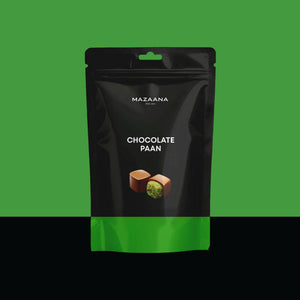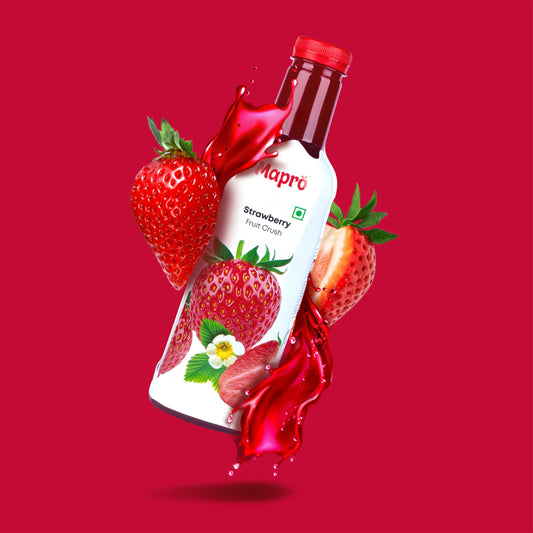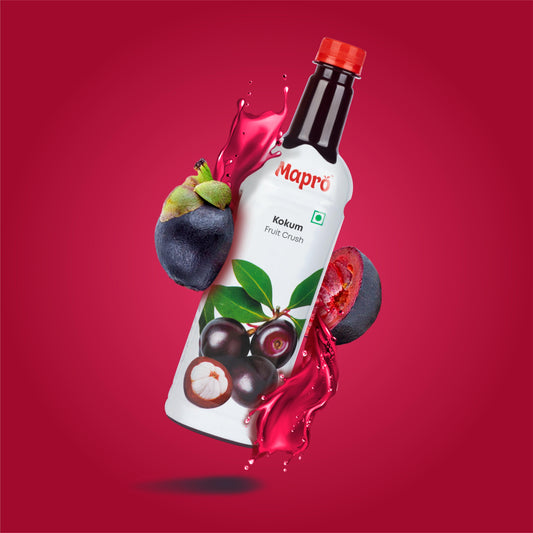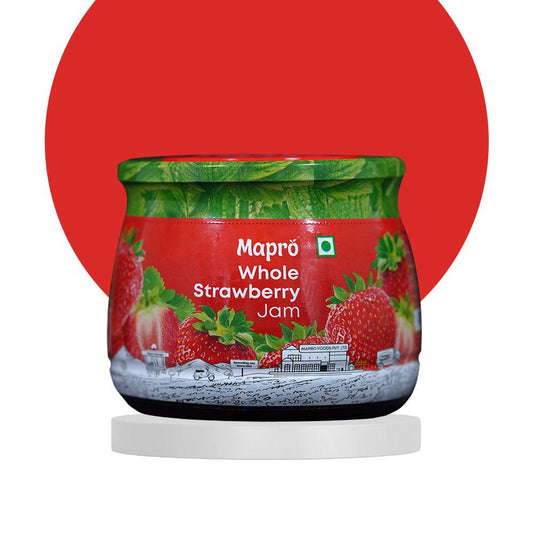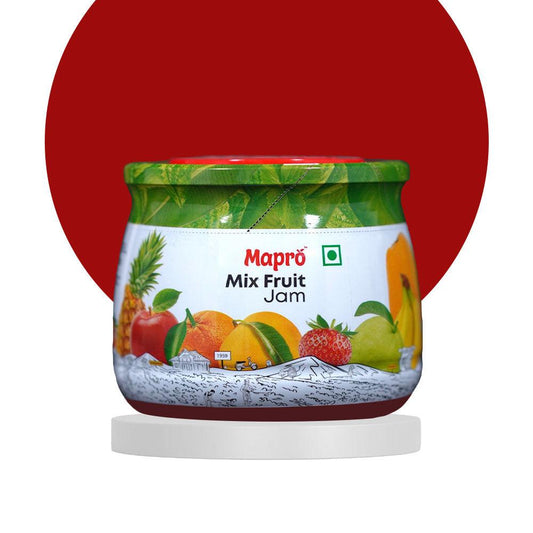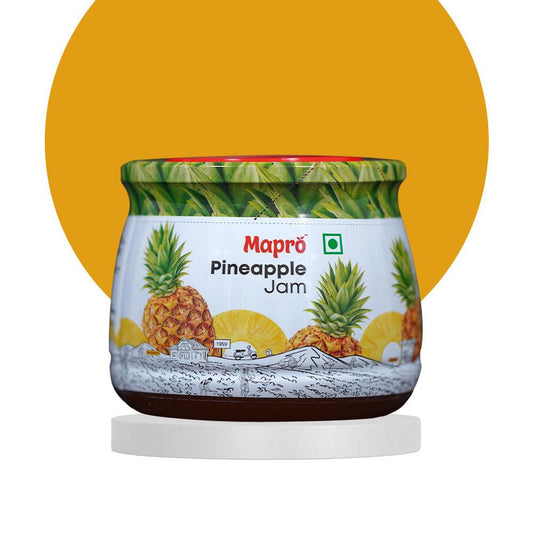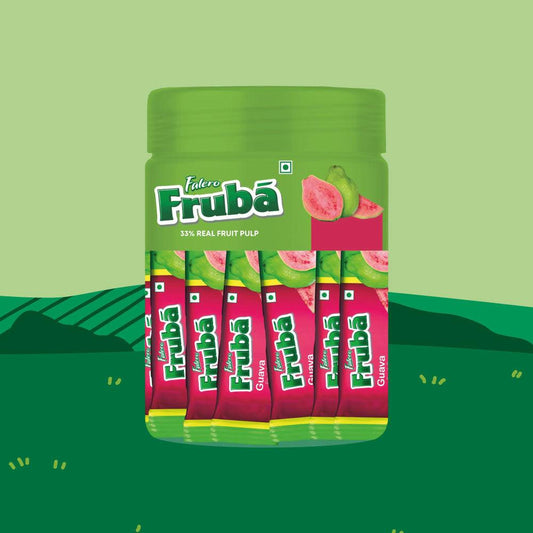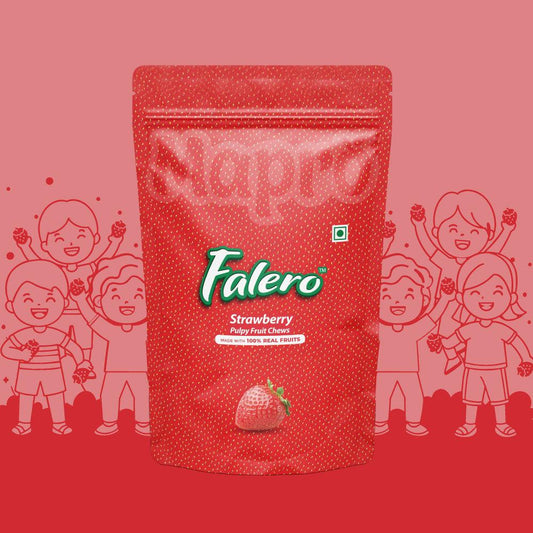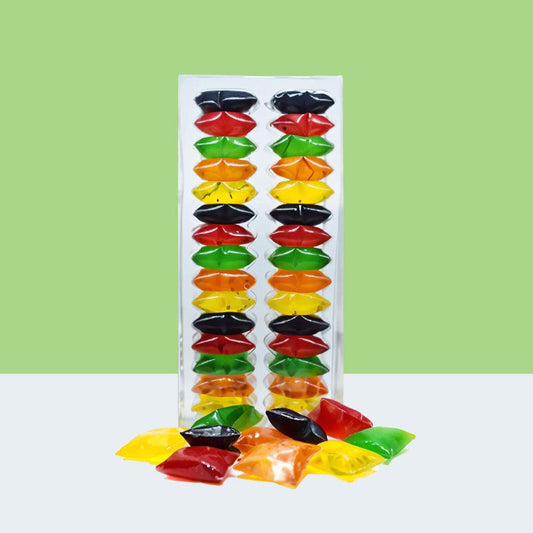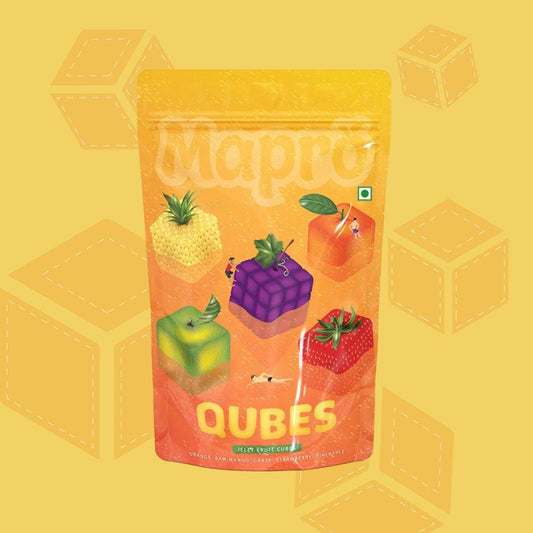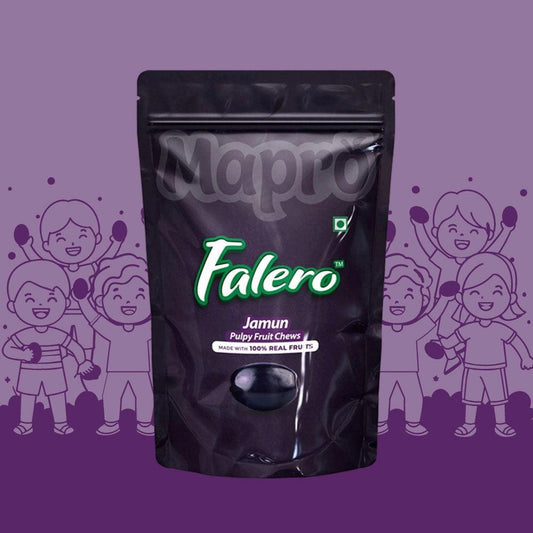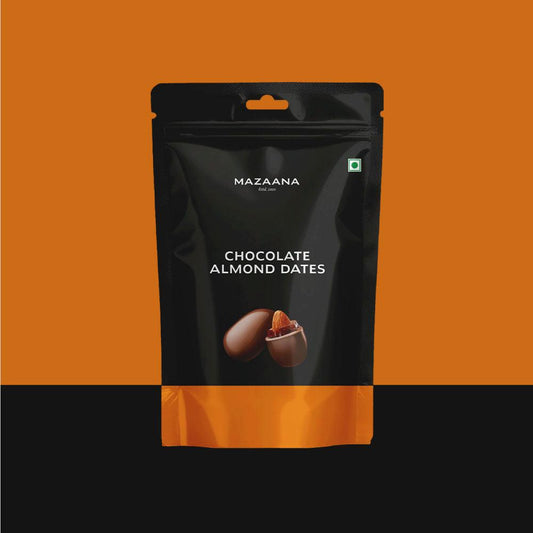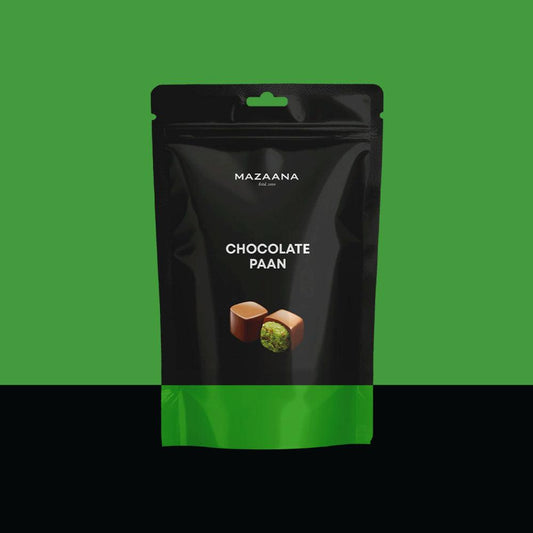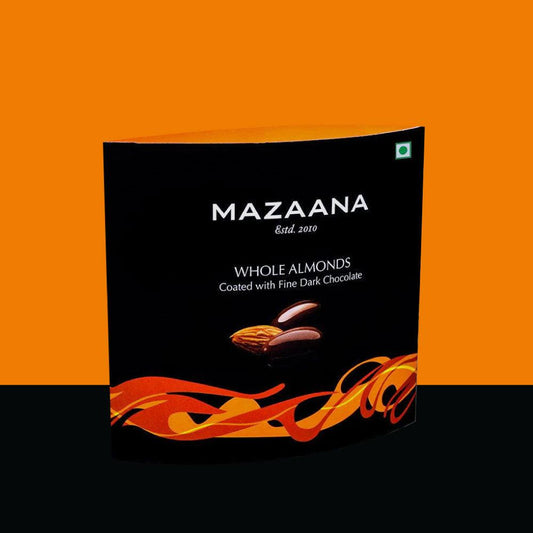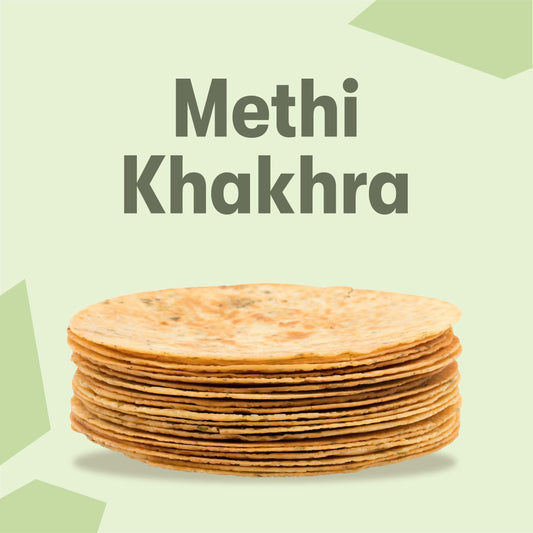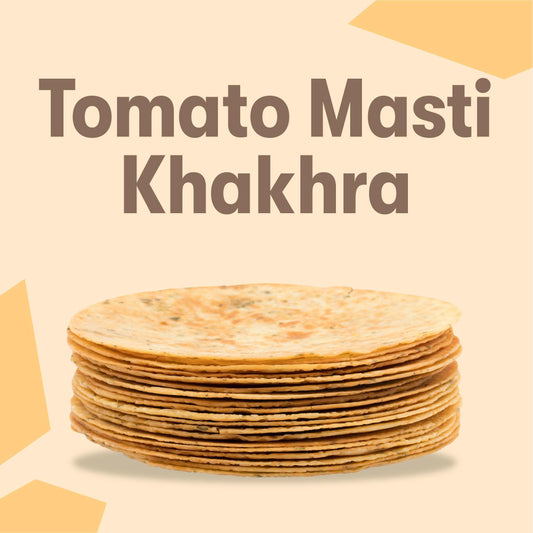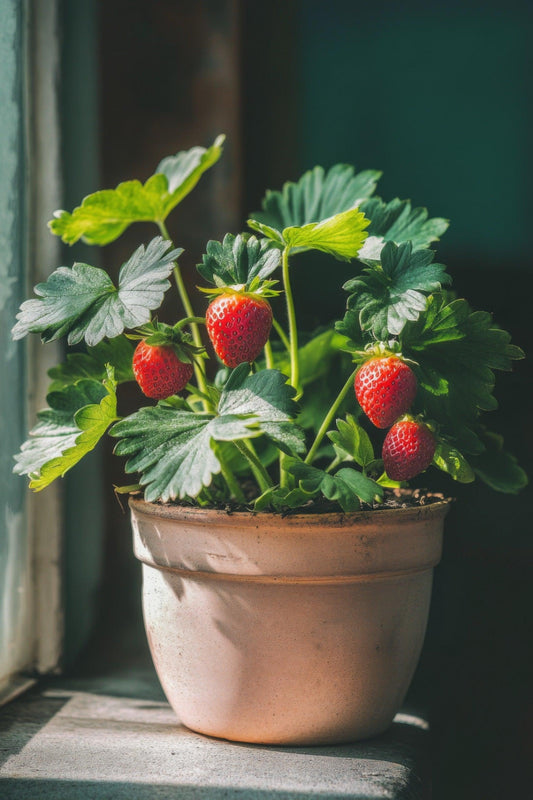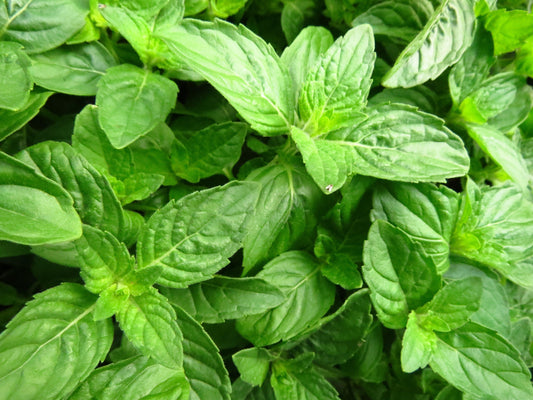Dark Chocolate With Tinge Of Spice
Dark Chocolate With Tinge Of Spice
Regular price
₹198
Sale price
₹198
Regular price
₹198
Inclusive of all taxes.

No Chocolate Compound

Naturally gluten free

Free from artificial colours
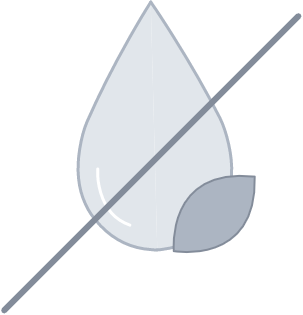
Free from hydrogenated vegetable fat
DESCRIPTION
INGREDIENTS
GOODNESS
Unleash your taste buds with our Dark Chocolate with a Tinge of Spice. This gourmet chocolate bar features rich, smooth dark chocolate expertly infused with a subtle kick of spice, offering a bold and exciting flavor experience.
Country of Origin: India
- Dark Chocolate (Sugar, Cocoa Liquor)
- Almonds
- Emulsifiers (INS-322 (i), INS-476))
- Spices (Fennel, Melon Seeds, White Pepper, Sesame, Poppy Seeds, Kesar)
- Contains natural, nature identical, and artificial flavouring substances(Vanilla, Cardamom, Rose, Kesar)
- The deep cocoa taste is beautifully balanced with a gentle hint of warmth, creating a unique and unforgettable treat. Perfect for adventurous chocolate lovers, this bar brings together the perfect fusion of sweetness and spice in every bite
- Almonds are rich in vitamin E, and minerals.
- Indulge in the ultimate combination of sophistication and excitement with this spicy dark chocolate bar – a delightful way to elevate your chocolate experience.
Dark
Delivery details
Couldn't load pickup availability
- Frequently Bought Together

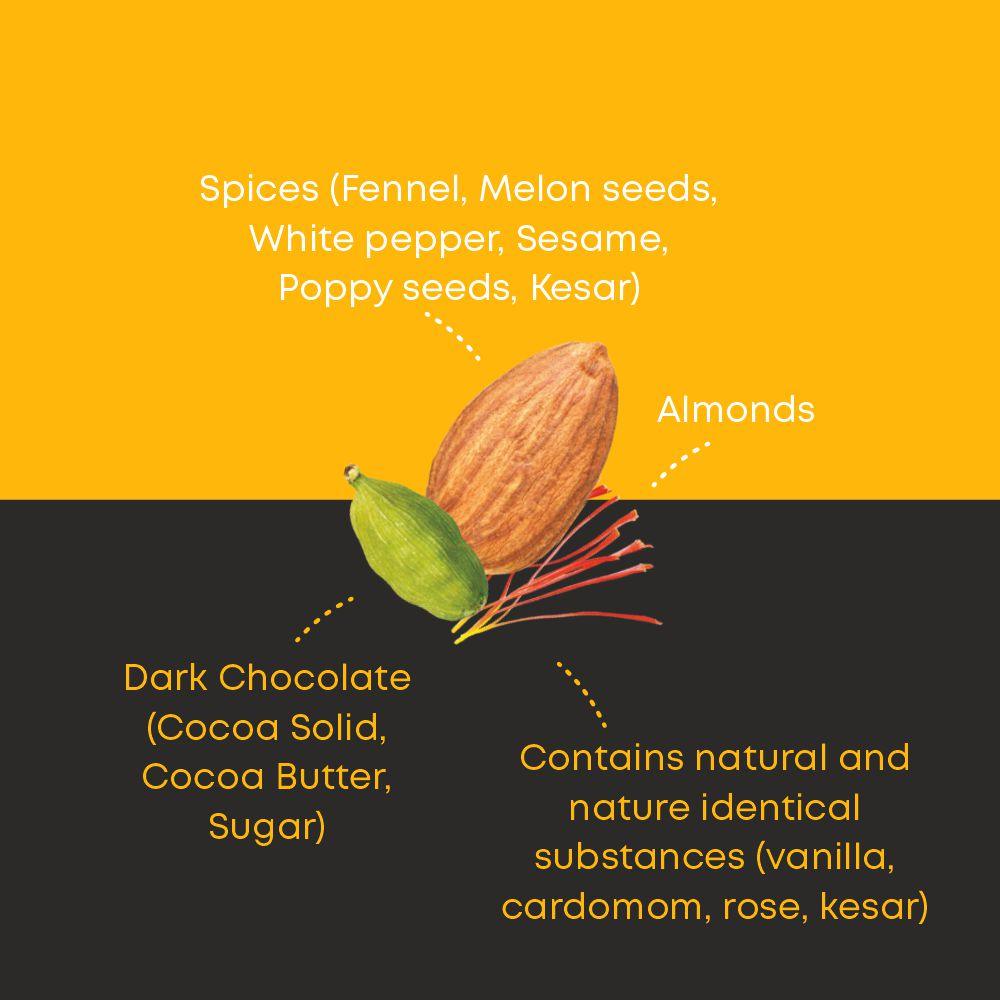



A Chocolaty Investigation!

Pure chocolate
Melts in your mouth and leaves behind a silky aftertaste.
Made from chocolate liquor having both cocoa solids and cocoa butter.
Needs to go through a tempering process.
Has a crisp texture, a glossy finish, and gives a "snap" when broken.
Has cocoa butter, which helps maintain cholesterol levels.

Compound chocolate
Leaves behind a mild greasy aftertaste since it contains vegetable fats.
Made using cocoa powder and is a residue after cocoa butter has been separated from liquor.
Does not need to be tempered.
Is more pliable, and so you won’t hear that ‘snap’ when you break.
Has vegetable fats that can damage the arteries and cause cardiovascular problems.
Tag your #MaproMoments
Fresh From The Source
Syrups
Jams & Spreads
Fruit Chews
Chocolate
Snacks
Our blogs













